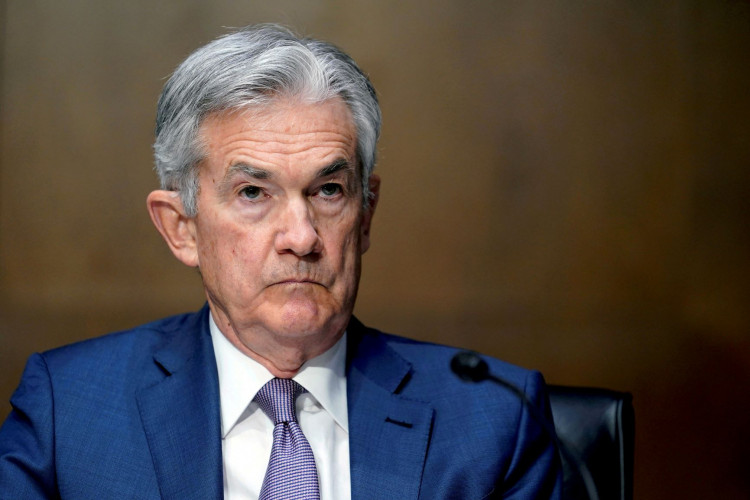The Federal Reserve on Wednesday held its benchmark interest rates steady, keeping the target range at 4.25% to 4.5%, while signaling two rate cuts could still be expected later this year despite growing economic uncertainty. The move reflects a cautious approach as the central bank downgraded its outlook for U.S. economic growth and raised its inflation projections amid heightened volatility in trade and fiscal policies.
In a statement released following the Federal Open Market Committee (FOMC) meeting, the Fed emphasized the current unpredictability in the economic environment. "Uncertainty around the economic outlook has increased," the committee said, adding that it remained attentive to risks on both sides of its dual mandate - full employment and price stability.
The decision to hold rates steady was widely anticipated by markets, which had priced in virtually no chance of a rate move during this week's meeting. However, the Fed's updated projections highlighted a more measured stance toward future easing, with policymakers now expecting two rate cuts in 2025, in line with previous forecasts.
Federal Reserve Chair Jerome Powell addressed the economic headwinds during his post-meeting press conference, acknowledging the impact of the Trump administration's trade tariffs and deregulation policies. "It is going to be difficult to have a precise assessment of how much inflation is coming from tariffs," Powell said. He noted upward pressure on goods prices, remarking, "clearly a good part of it is coming from tariffs."
The Fed's updated economic projections painted a less optimistic picture compared to its December outlook:
- GDP growth for 2024 is now expected at 1.7%, down from 2.1%.
- Core inflation is projected at 2.8%, an increase from the previous estimate of 2.5%.
- The unemployment rate is forecast to rise slightly to 4.4% by year-end, up from 4.3%.
In addition to maintaining interest rates, the Fed announced a significant adjustment to its quantitative tightening (QT) program. Starting next month, the central bank will slow the pace at which it reduces its balance sheet. The cap on the runoff of Treasury securities will drop to $5 billion per month from the current $25 billion, though the $35 billion monthly cap on mortgage-backed securities will remain unchanged. This change effectively eases financial conditions and may lower longer-term borrowing costs.
Fed Governor Christopher Waller dissented from the QT decision, marking only the second time a governor has dissented from a monetary policy action in the last two decades. While Waller supported keeping rates steady, he preferred the original QT plan to remain in place.
Powell acknowledged recent signs of slowing in consumer spending and labor market softening but emphasized the Fed's flexibility. "If the economy remains strong, and inflation does not continue to move sustainably toward 2%, we can maintain policy restraint for longer," he said. "If the labor market were to weaken unexpectedly, or inflation were to fall more quickly than anticipated, we can ease policy accordingly."
The Fed's moves follow a turbulent start to President Donald Trump's second term, marked by tariffs on steel, aluminum, and other goods, and warnings of additional duties expected in April. The administration's policies have rattled financial markets and elevated inflation expectations, with consumers increasingly concerned about higher prices.
Retail spending in February showed modest growth, although it fell short of expectations. Meanwhile, labor market indicators have shown cracks: Nonfarm payrolls expanded at a slower pace last month, and a broader measure of unemployment jumped to its highest level since October 2021.






